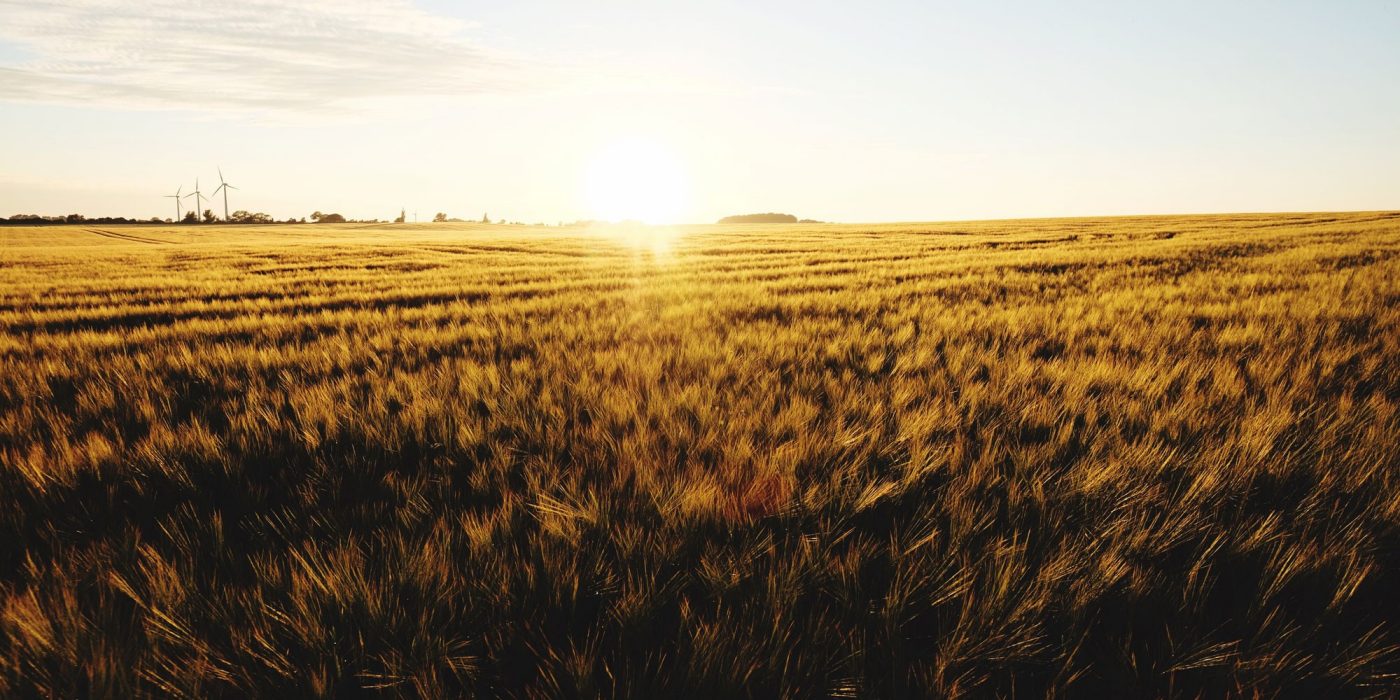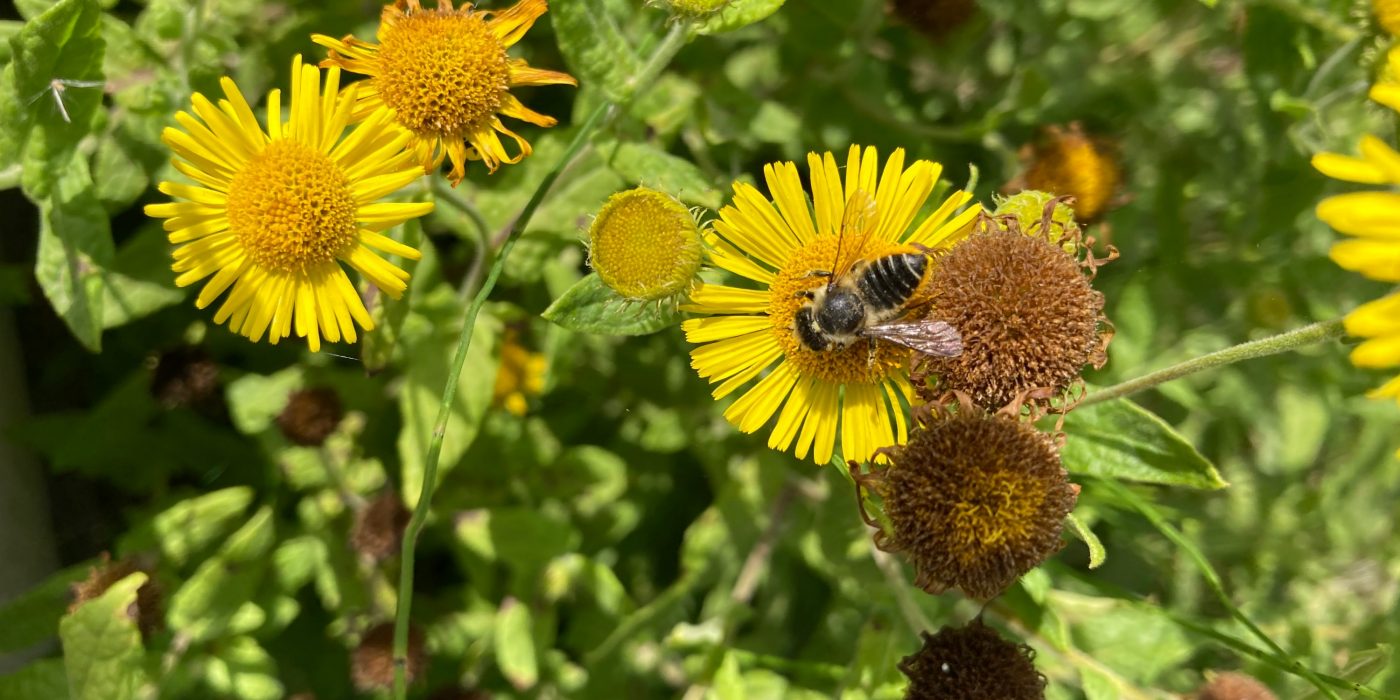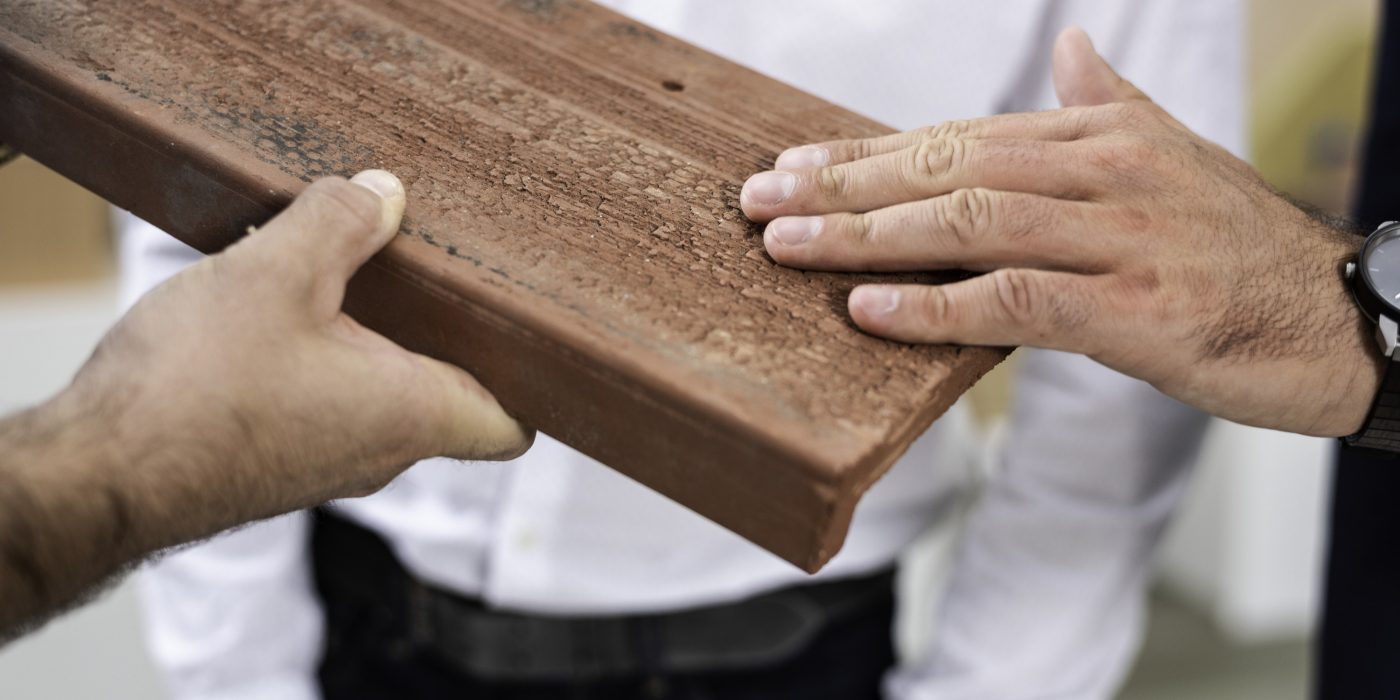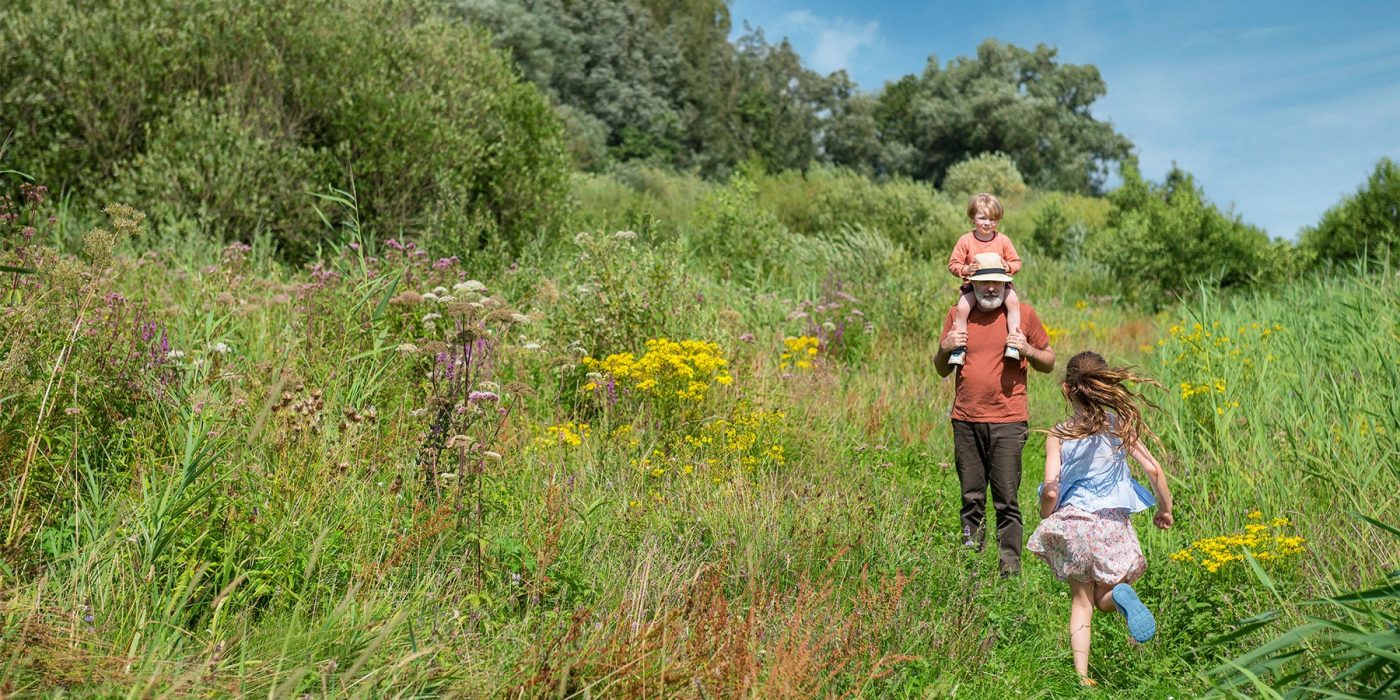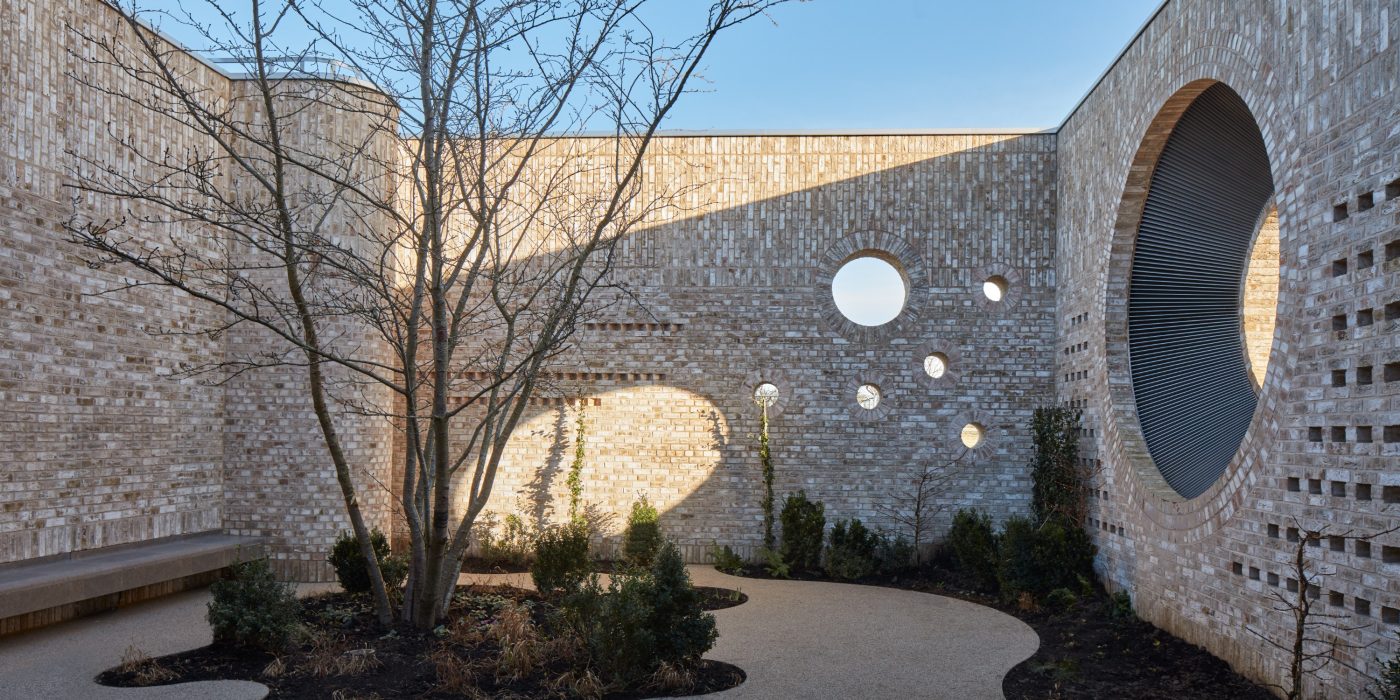We do not only talk about sustainability, we act on it in all areas - from our employees to flora and fauna, from our production processes to final products, from people in need to our clients. Our sustainability strategy constitutes an integral part of the wienerberger vision.
Our actions taken lead to the achievement of the main targets of wienerberger
Sustainability - How we take action
- 15% less CO2 emissions within 3 years
- Biodiversity action plan at all sites worldwide
- 100% reusable and recyclable new products
- > 30% women in staff positions
View some of our best practices to see how we implement our ambitious targets.
For product-related actions, please check out the product pages.
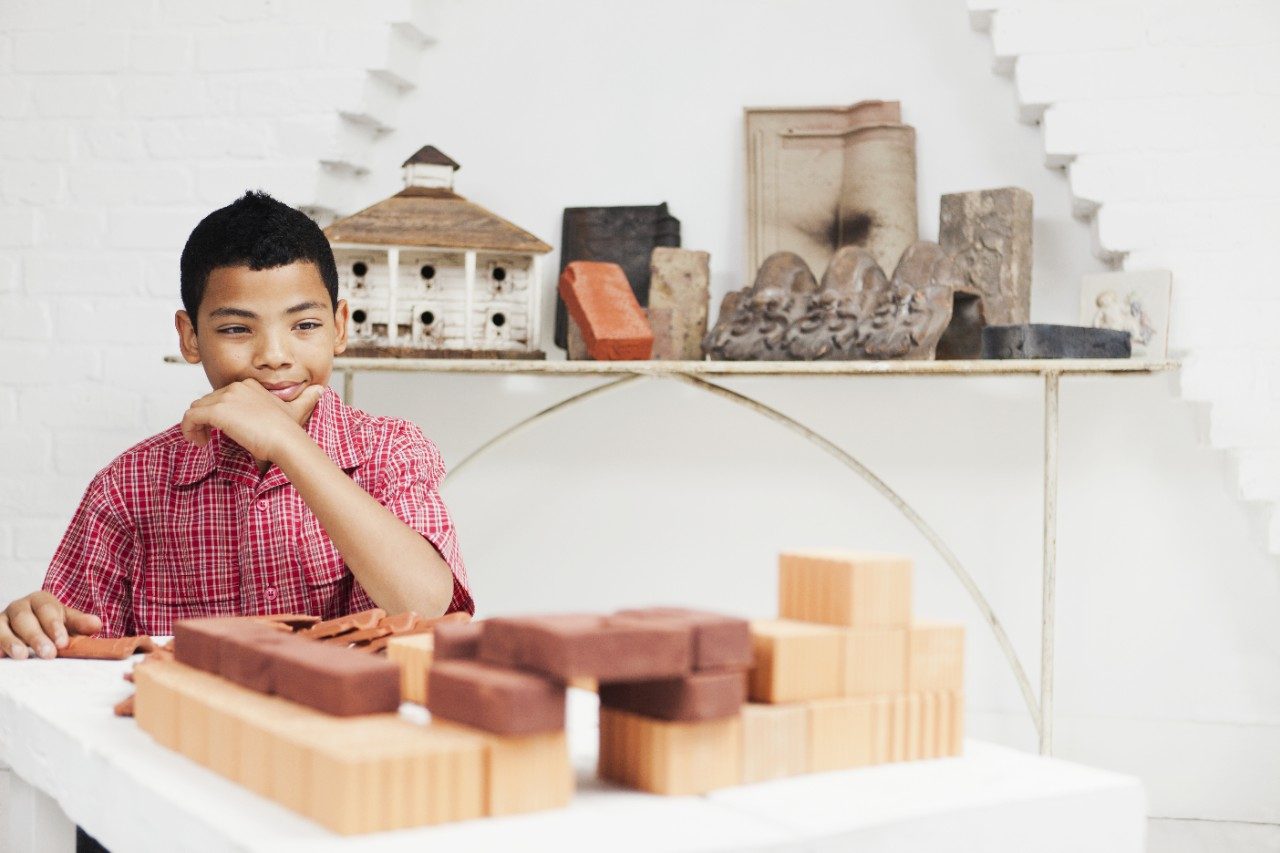
For further information, please refer to the wienerberger sustainability reports.
Click here to read or download them.
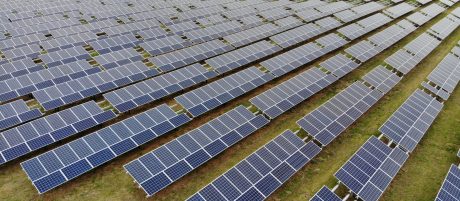
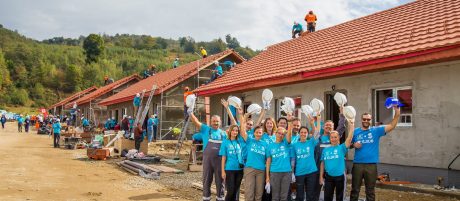
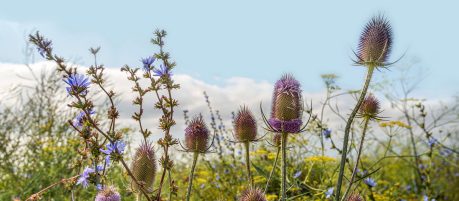
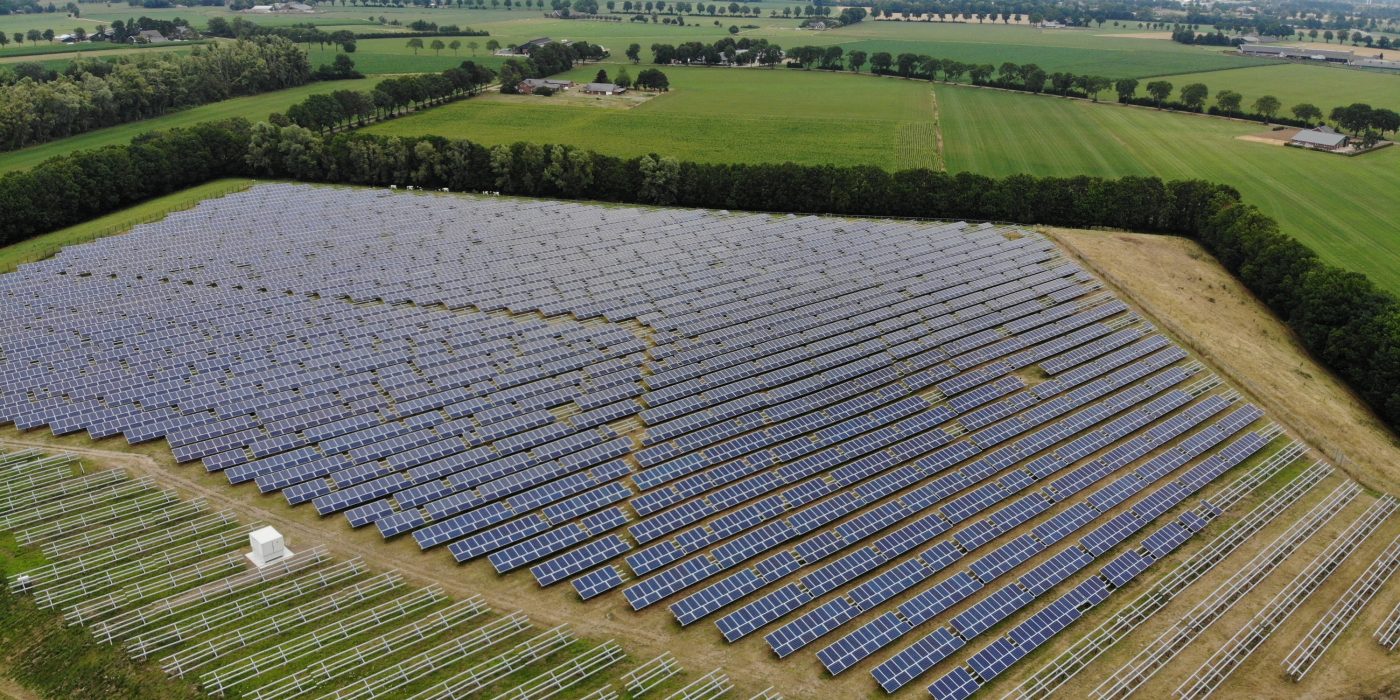.jpg)
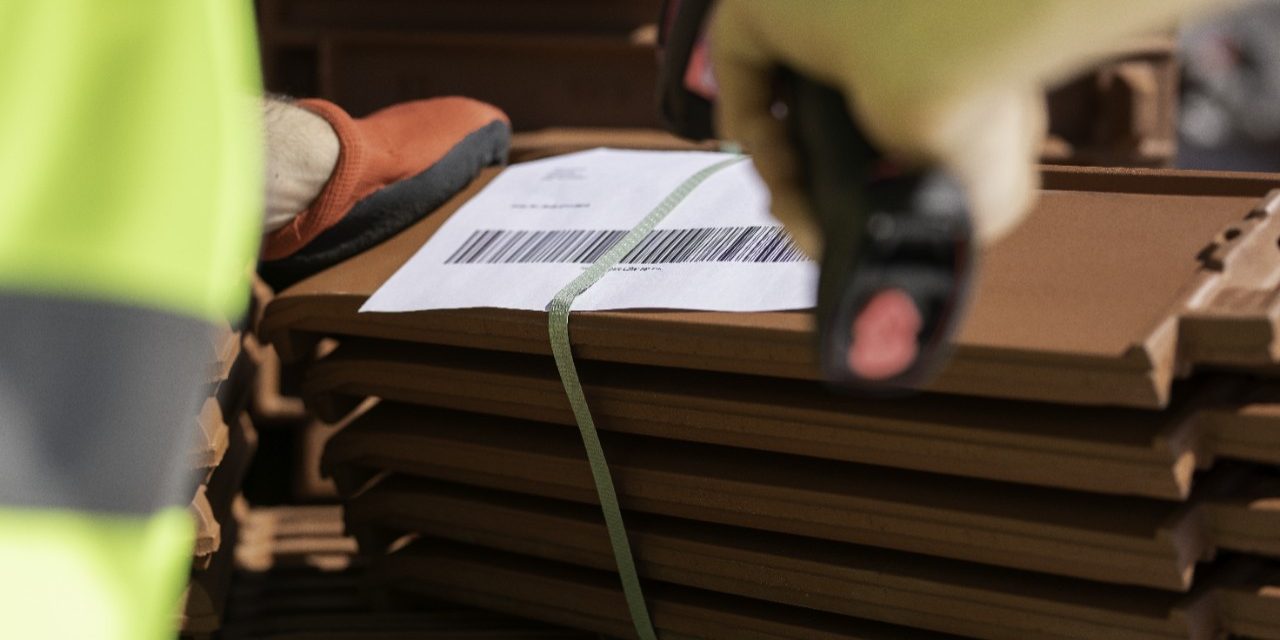
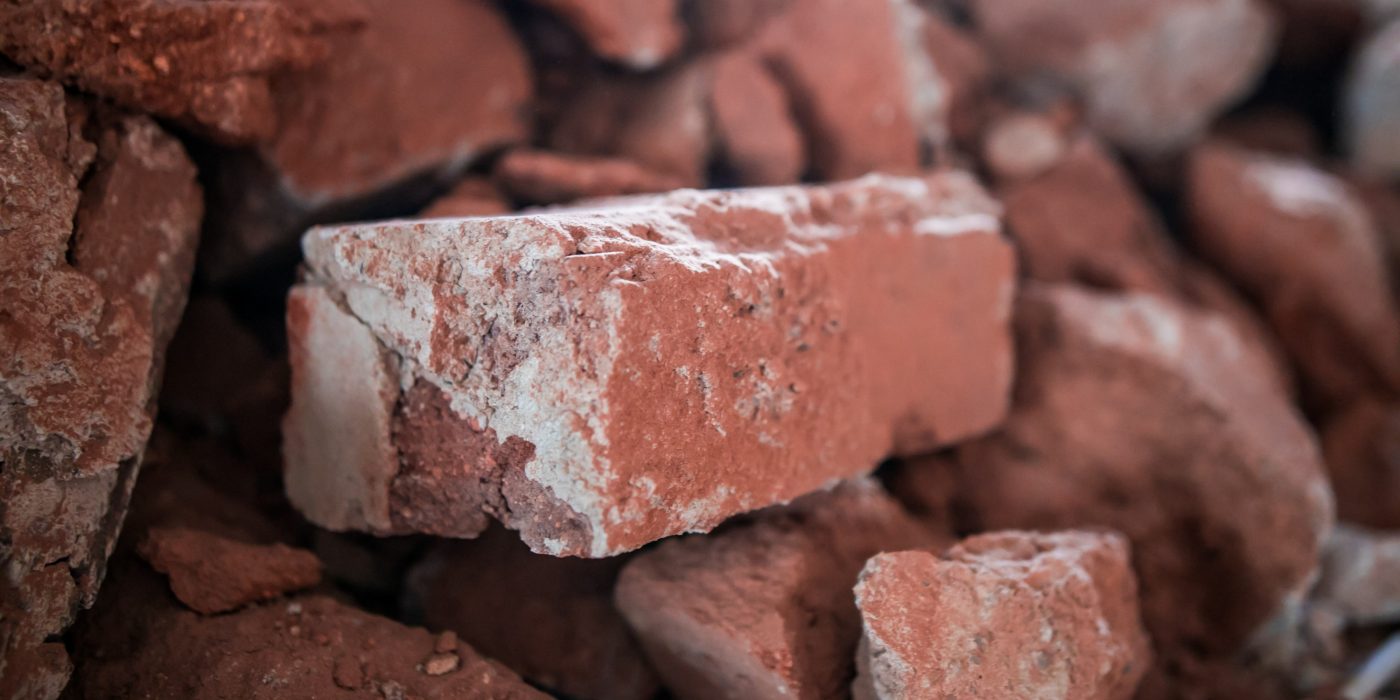

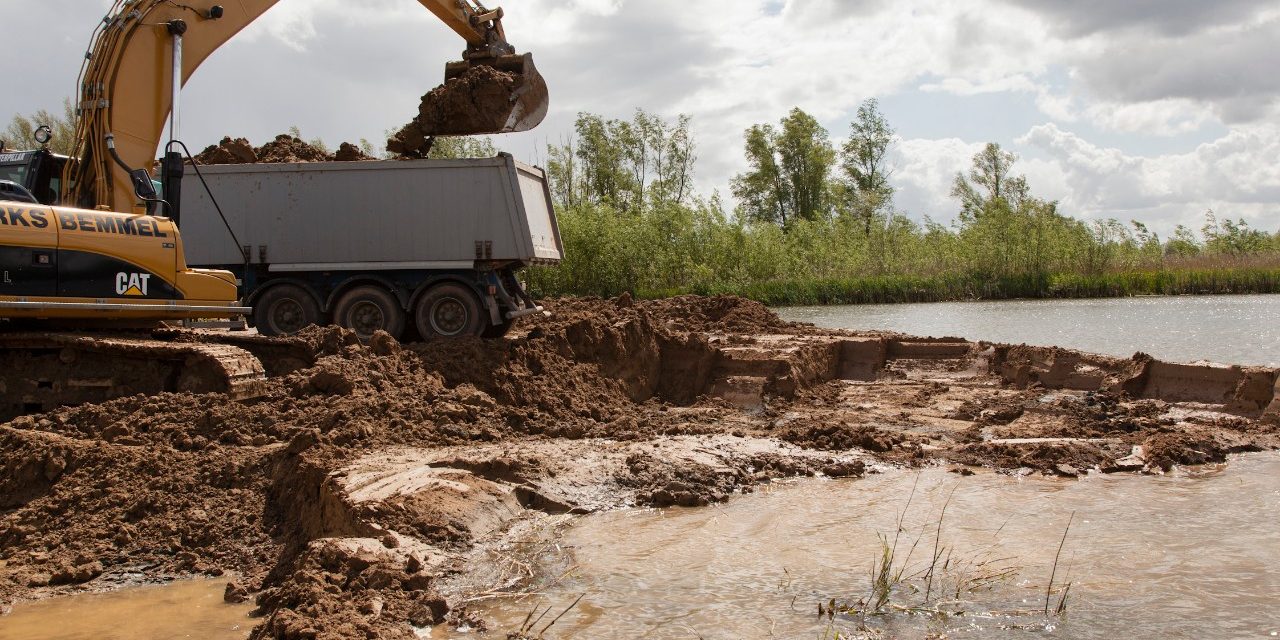
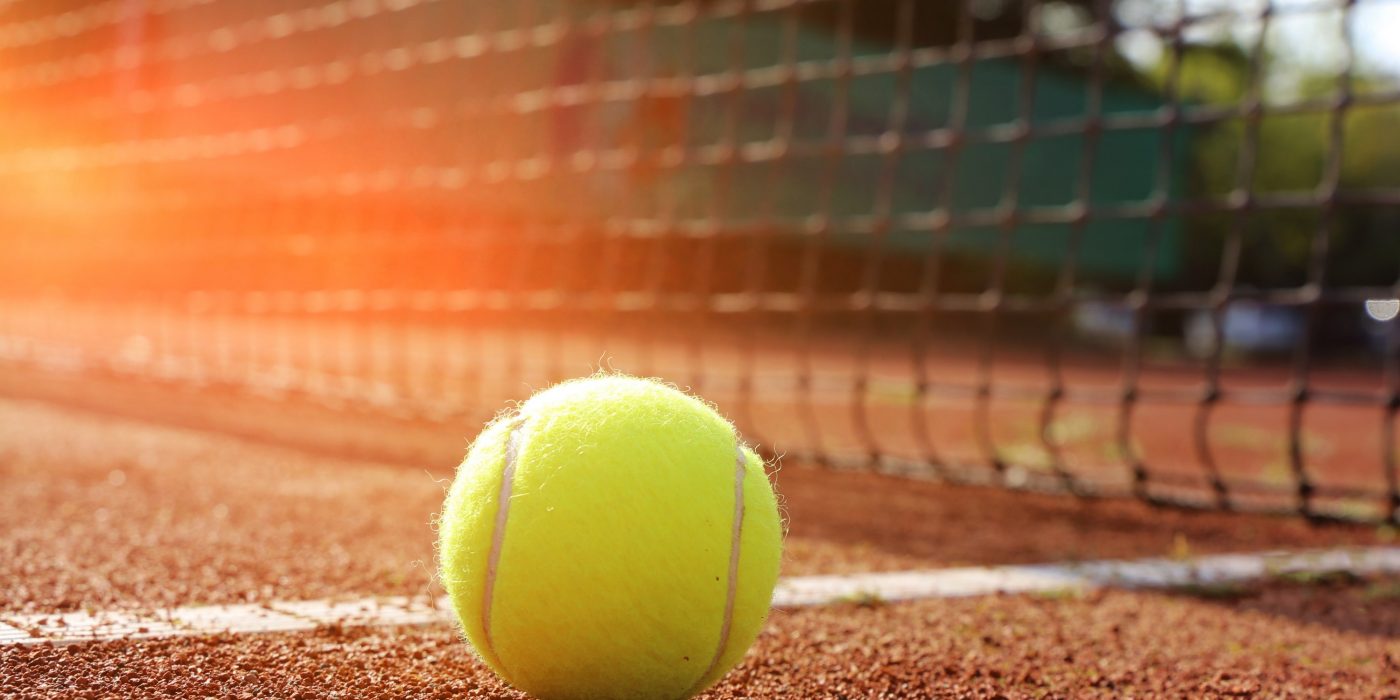
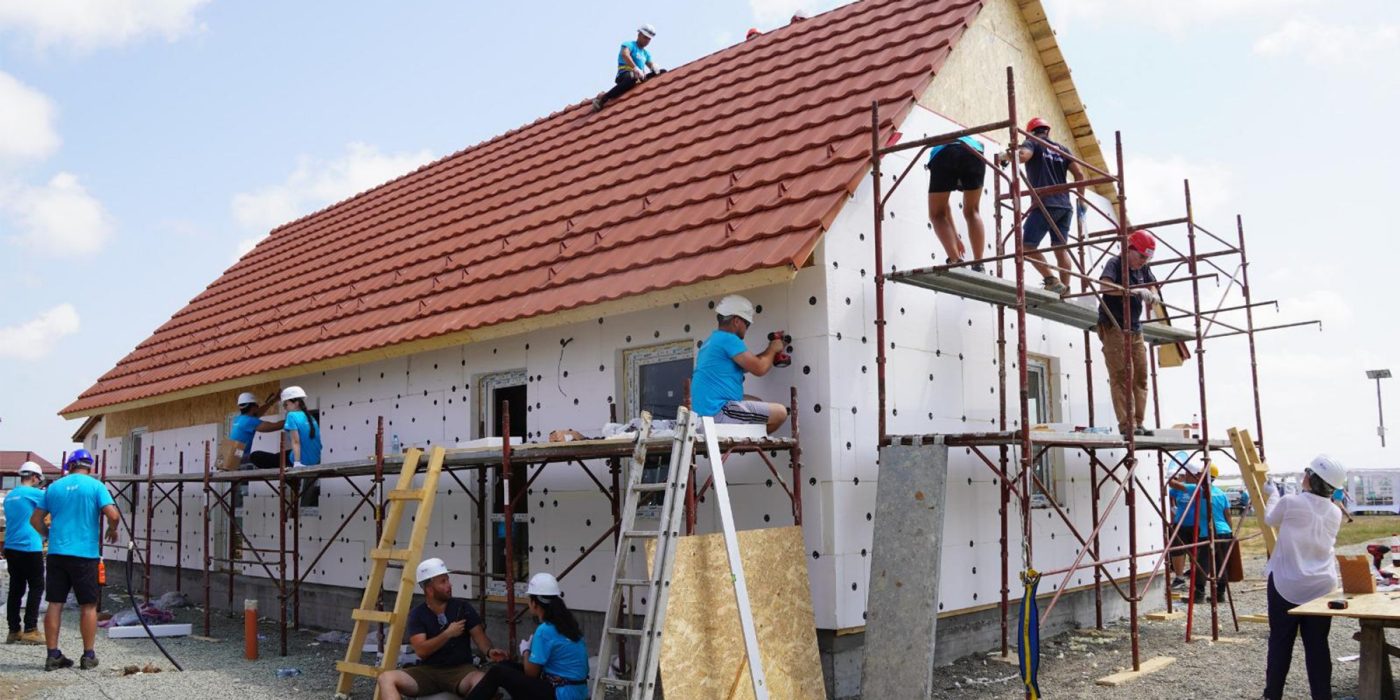%20Cumpana_Stage.jpg)
